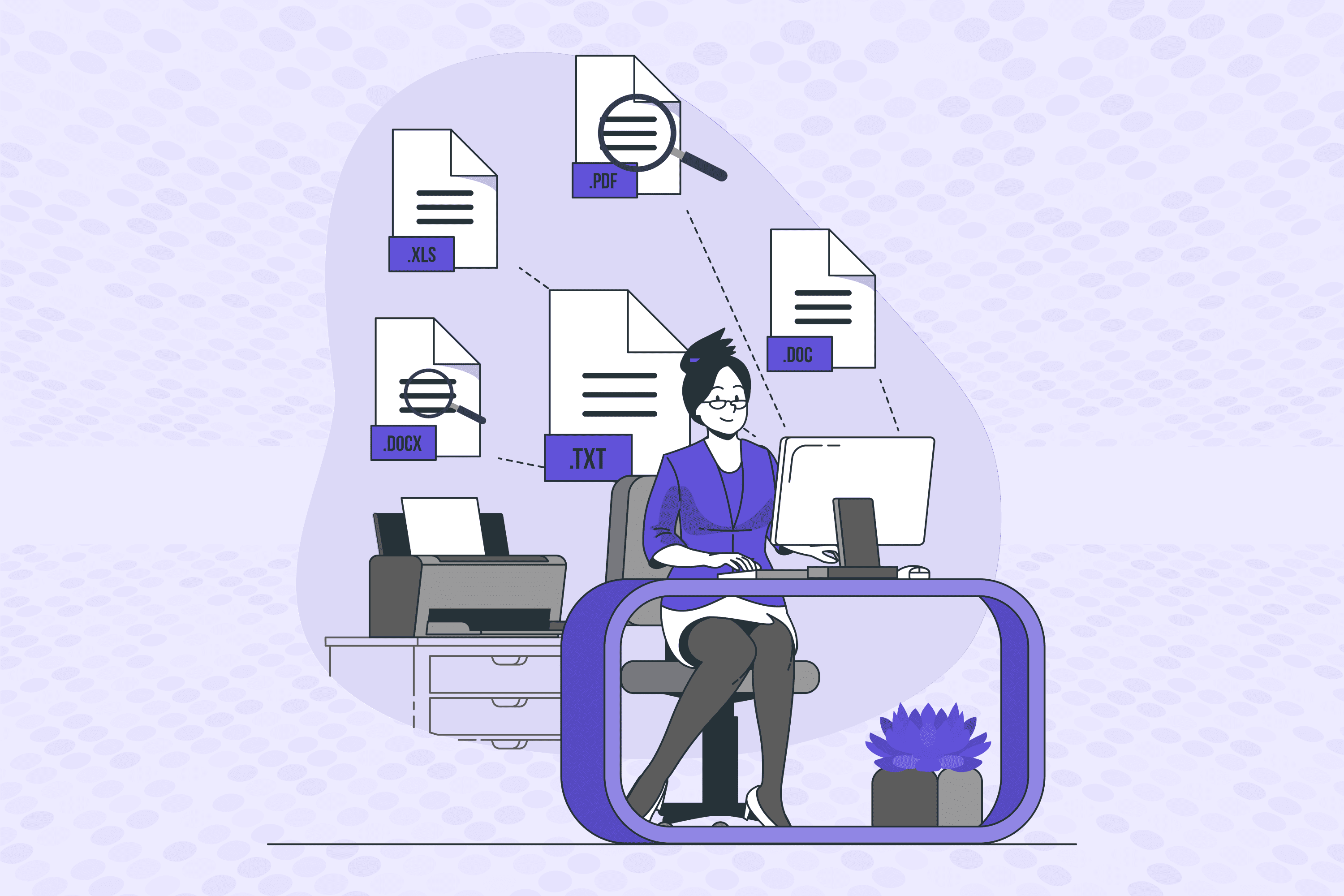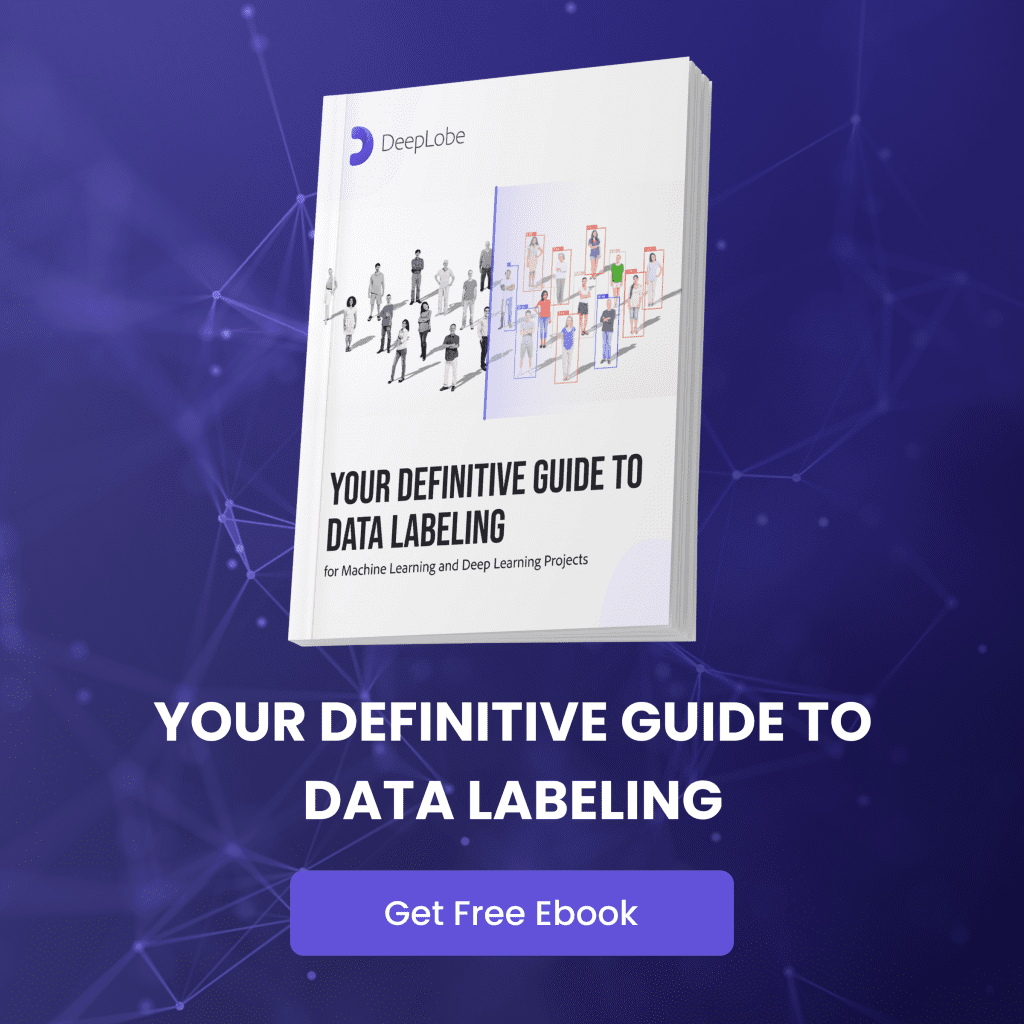
DeepLobeJanuary 14, 2022Artificial Intelligence , Machine Learning , Optical Character Recognition
Optical character recognition technology has a far way from recognizing just the text on computerized documents. The applications of OCR are transforming the future of data collection and processing. Whether it’s auto-extracting information from a scanned receipt or translating a foreign language using your phone’s camera, OCR technology has numerous applications that are continuously in use for today’s businesses. And while it seems miraculous that we have computers that can digitize analog text with a degree of accuracy, the reality is that most OCR is built based on a limited set of existing rules that ultimately limit this technology’s true potential.
The recent research advancements in rebooting OCR technology using advanced AI and machine learning-based algorithms are not restricted to fixed character sets. These new OCR programs will accumulate knowledge and automate learning to recognize any number of characters over a significant volume of data. With advancements in research, the aim for using OCR has changed in the age of digital transformation. The next-gen OCR powered with machine learning turns analog text into digital insights for effective usage of available data. And still, researchers are looking for ways to transform OCR beyond machine learning and implement it across AI platforms. In this article, we provided insights on how machine learning is transforming OCR and its future applications.
Next-gen OCR with Machine Learning
It is known that machine-learning-driven OCR is agile to work with huge volumes of data at high speed. The algorithms don’t need to rely on historical patterns to determine accuracy, the algorithms can perform themselves to provide the expected outcome. Machine learning benefits organizations more than recognizing just text, it helps in deriving meaningful insights from the inputs to unlock hidden data inputs. Here are a few ways how machine learning is transforming OCR.
Adding insight to recognition
OCR is finally updated from performing tasks just related to seeing and matching. Driven by deep learning, it’s entering a new phase where the technology is first applied, recognizes scanned text, then derives the meaning from it. This provides a competitive edge to the given software which provides the most powerful information extraction and highest-quality insights. Since each business has distinct categories regardless of the data sources it owns, processing particular document types, structures, and considerations, there’s room for the vast number of companies to succeed with OCR to advance their data processing capabilities.
Reading text from wild
Machine learning OCR pipeline follows certain steps like preprocessing, text detection, and text recognition to detect text in the wild with utmost accuracy. The text detection techniques like sliding window technique, single shot and region-based detectors, and EAST (efficient accurate scene text detector) can find text on both in images and videos in real-time with detection accuracy. Once processing and text detection are completed, the machine learning convolutional neural networks are applied to recognize the transcriptions, the same process is followed until the model reaches high accuracy.
Reading text in the wild has transformed OCR’s ability to recognize data inputs in the form of characters, pictographs, symbols, numerals, etc.
Model scalability
Leveraging the machine learning approach improves the level of scalability of the given OCR model to be applied across distinct languages and across different types of documents even if they are not processed by the existing operating system. The various techniques of machine learning can be applied to improve content enablement post-optical character recognition extraction to build high-quality training models and entity recognition models.
Automated OCR for business operations and workflows
ML-powered OCR capabilities lie beyond the ability to extract machine-printed text from a digital image. Automated OCR applications can be used to extract text from different formats liked hand-printed text (ICR), checkboxes (OMR), bar codes, Chinese characters, CAPTCHA, etc. Automating data extraction for business operations and workflows eliminates the need for manually converting the text into machine-readable form without the need for data processing like searching and editing. The capability of OCR solutions to improve information accessibility for users such as understanding the information associated with receipts, contracts, invoices, financial statements, and more can raise data entry capabilities for a business. And here are a few OCR technology benefits to scale your business workflows:
- Eliminating the need for manual data entry
- Saving time and costs associated with data processing
- Reduction in human errors
- Mitigating the need for physical storage space
- Improves productivity and accelerates processes
- Automate document routing and content management
- Improves security, data integrity, and accuracy
- Data centralization
- Improving employee workflows by providing up-to-date information
- Informed decision making
OCR with DeepLobe
DeepLobe OCR API allows you to build no-code/low-code machine-learning-powered OCR models with ease. You can upload your data, annotate it, set the model to train, and wait for getting predictions through a browser-based UI. DeepLobe provides complete guidance and assistance at every step to build, integrate, and experiment with OCR for businesses. Our data-driven solutions beef up your processes, systems, and workflows to improve productivity and scale decision-making with data insights. To know more about DeepLobe powered OCR API and to understand how to integrate OCR for your business, connect with us.
